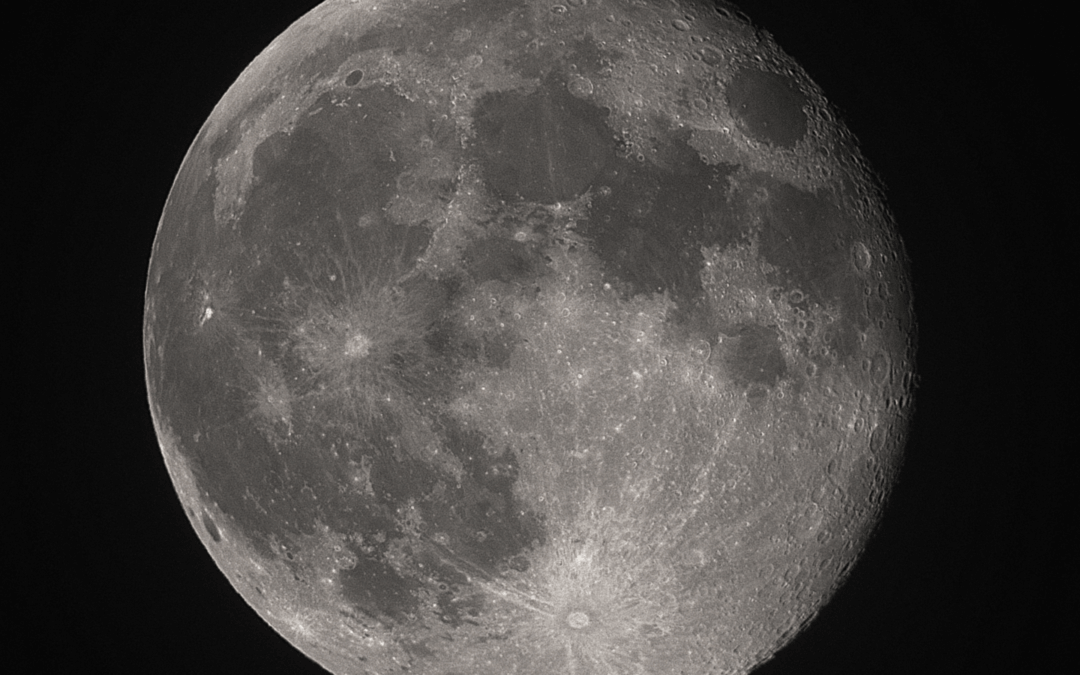Summer nights are for stargazing. This June, Unistellar Network members around the Northern Hemisphere will be taking advantage of warm weather to spend hours outside observing the heavens, taking in the bounty of sights the season offers (plus things to observe for our southern observers, too!). Use your eVscope or eQuinox to find bright galaxies, spectacular clusters, colorful nebulae and even an ongoing supernova, or exploding star!
All-Level Targets
For celestial objects that anyone can enjoy, check out these bright night-sky targets. Many are visible from both hemispheres!
M100
One of the brightest and largest objects in our local cluster of galaxies, the Virgo Cluster, this grand-design spiral was one of the first spiral galaxies ever discovered. M100 will be visible from both hemispheres this June, making it an ideal target no matter where you live.
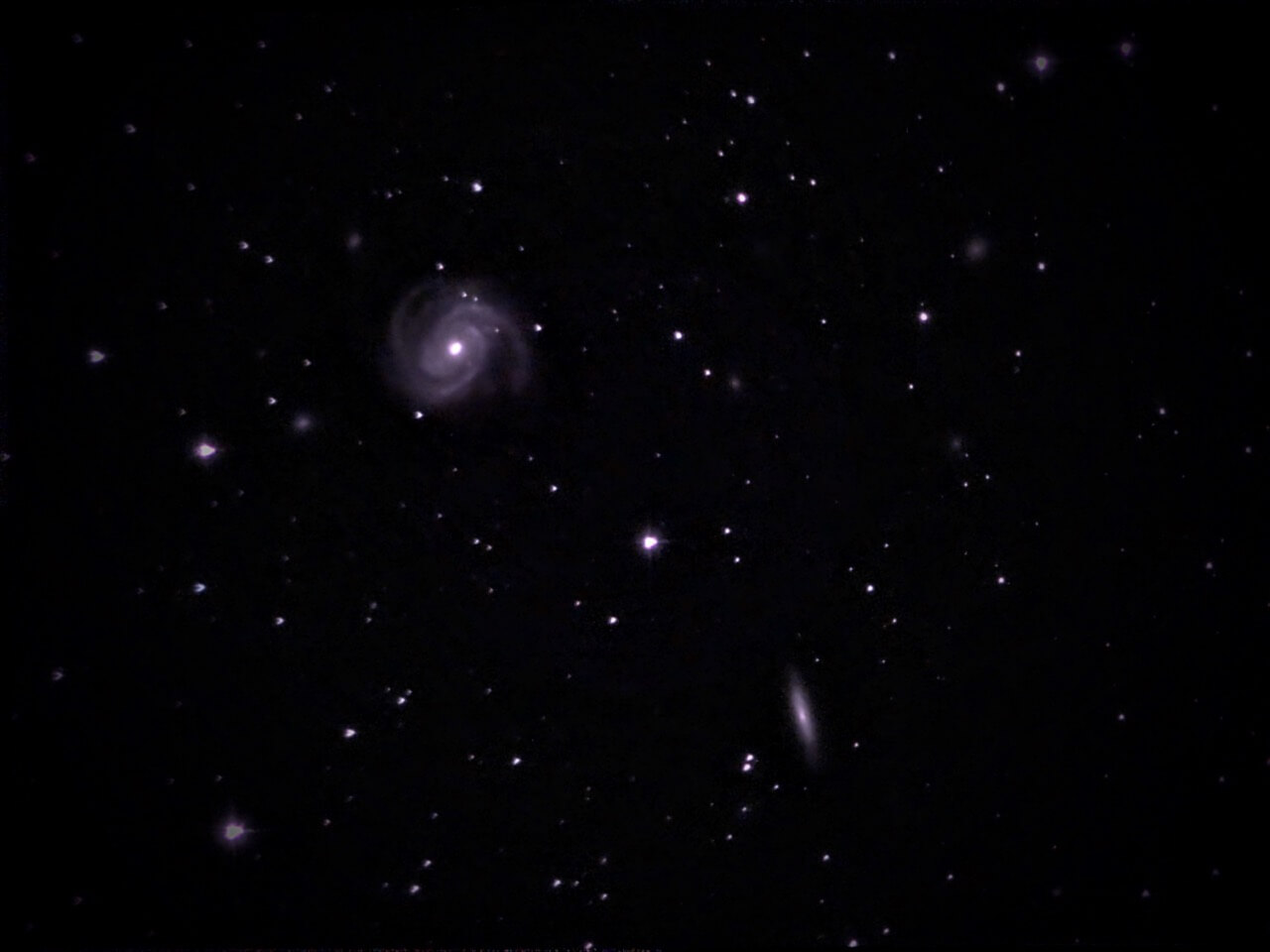
Image of M100 (upper left) among other galaxies, captured by a Unistellar eVscope 2.
Sunflower Galaxy
Also known as M63, the Sunflower Galaxy appears as a whirl of loosely-clumped stars, dust and gas, as opposed to the well-defined arms of M100. This spiral galaxy is about 27 million light-years from Earth and can be seen from both hemispheres, though it’s best observed from the Northern Hemisphere.
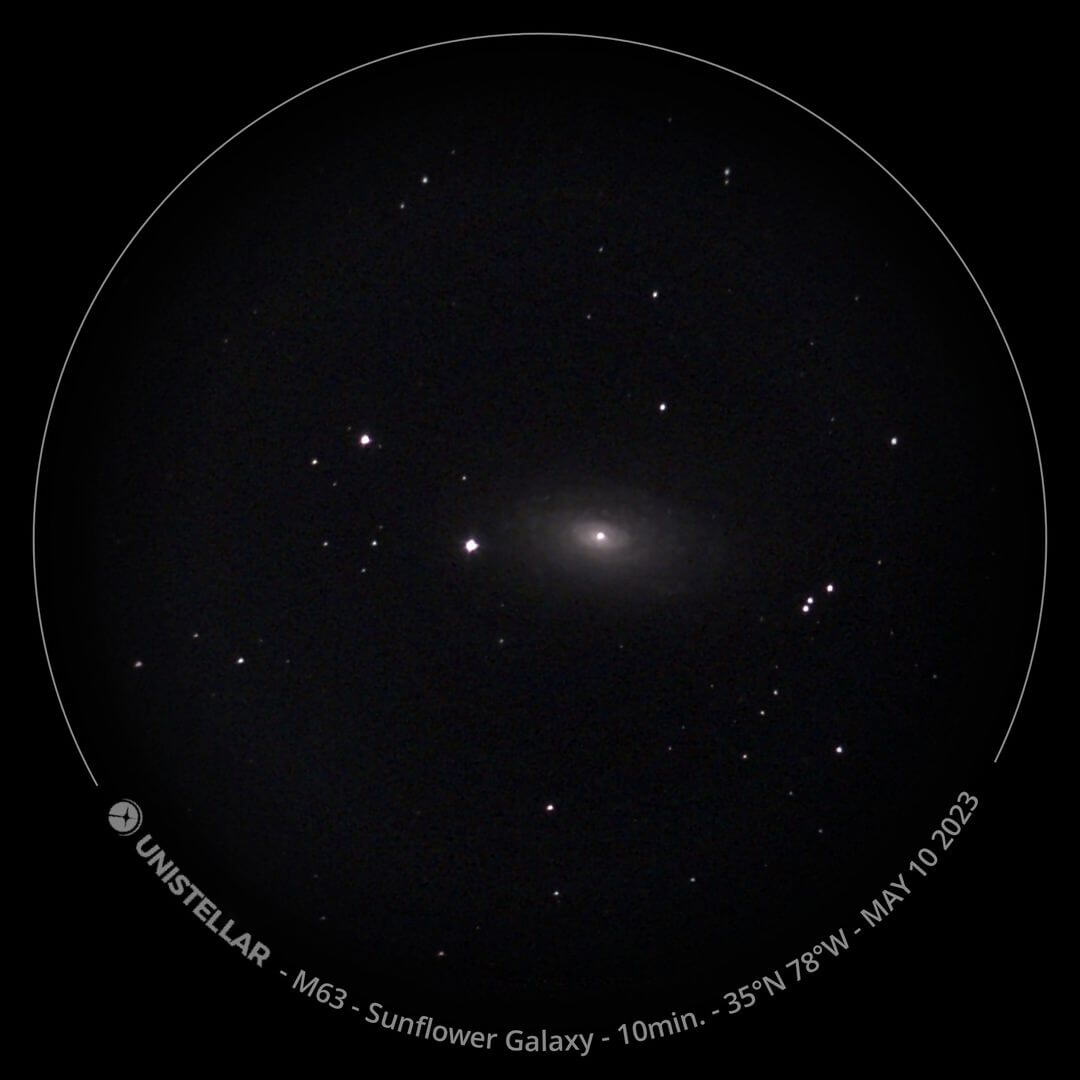
Image of the Sunflower Galaxy, captured by Mike McCann (US).
The Hercules Cluster
One of the brightest star clusters visible from the northern hemisphere, the Hercules Cluster, aka M13, is a globular cluster containing several hundred thousand stars. It’s also the intended destination of the Arecibo message, an interstellar radio transmission about the human race beamed into space in 1974.
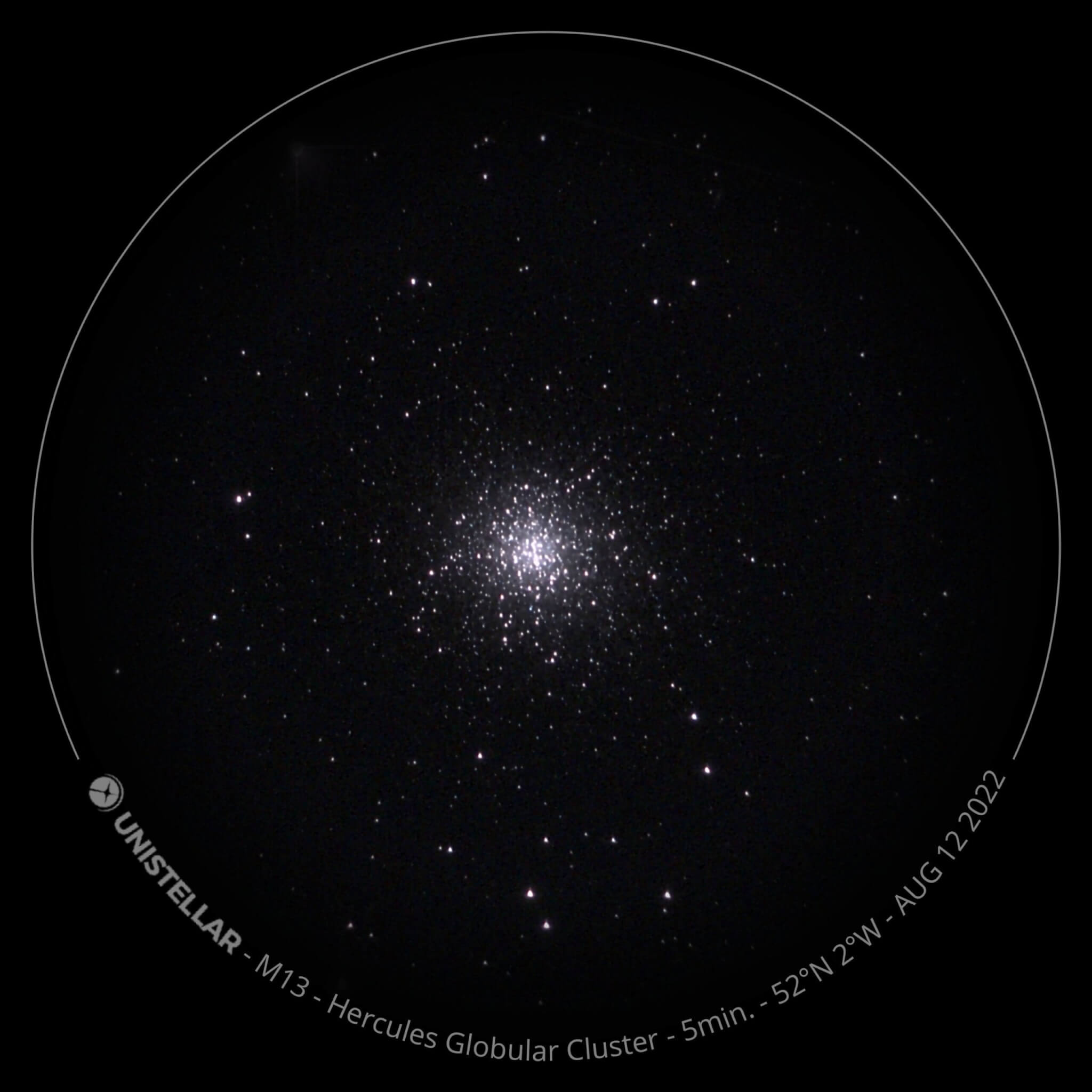
Image of M13 taken by Steve Price (UK).
Carina Nebula
Visible only from the Southern Hemisphere, the Carina nebula features the hypergiant star Eta Carinae, one of the brightest and most massive stars known. Engulfing Eta Carinae, and surrounded by the larger Carina Nebula, is the Homunculus Nebula, which appears as bulbous shape in the center. This particular feature was born when Eta Carinae almost went supernova!
The Carina nebula, located 8,500 light-years from Earth, also features several other highly luminous stars, and was featured in one of the first images from the James Webb Space Telescope.
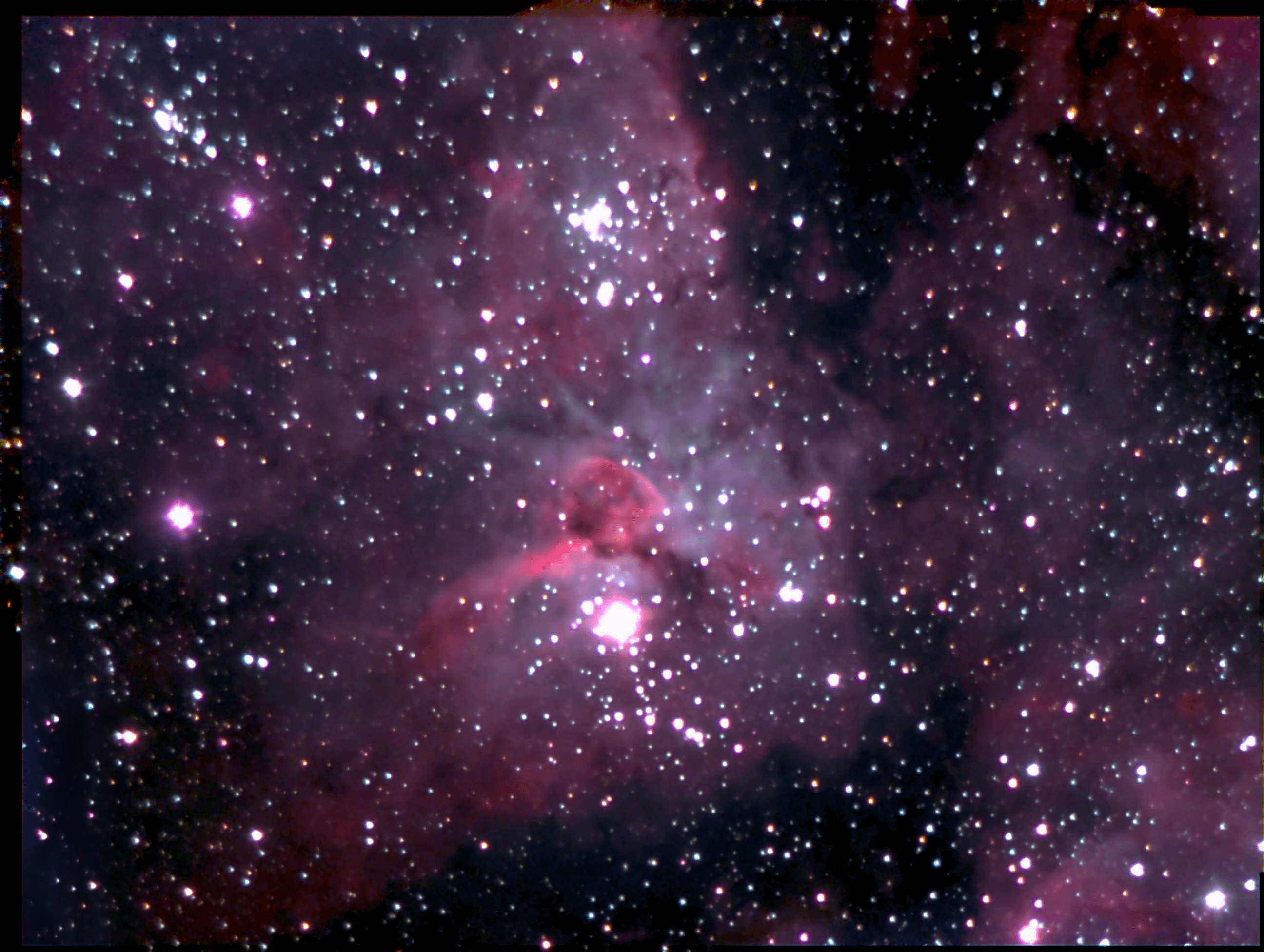
The Carina Nebula, imaged and post-processed by Unistellar team members.
Challenge Targets
For more challenging targets, find these next three objects! They are dimmer (apparent magnitude > 10) than the ones listed in the previous section, and may need more time in Enhanced Vision mode for you to see their stunning details.
Splinter Galaxy (NGC 5907)
This spiral galaxy, seen mostly edge-on from Earth, is about 50 million light-years away in the constellation Draco. Its thin edge may be harder to spot than other galaxies, but persistent stargazers in the Northern Hemisphere will be rewarded with views of a more rare celestial sight.
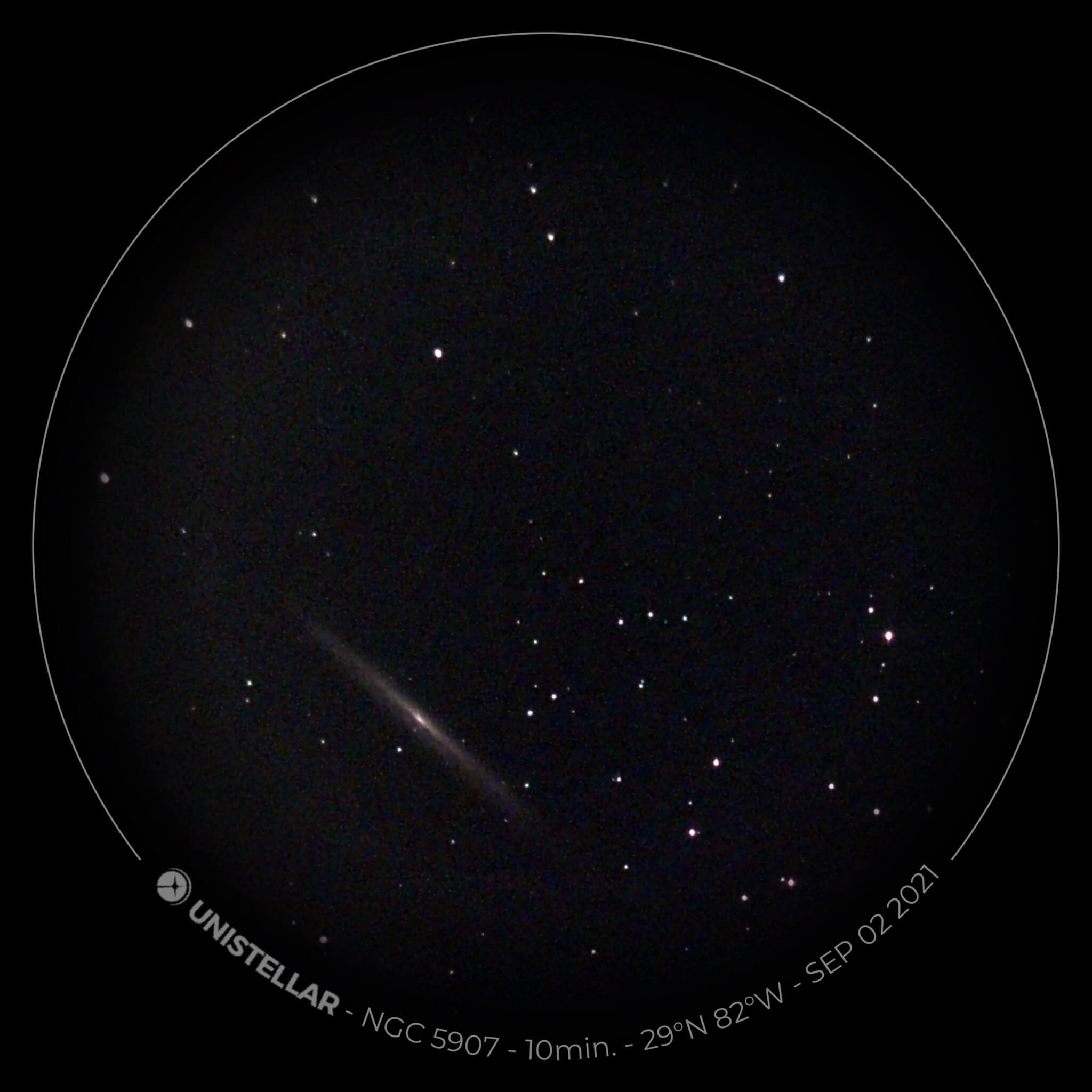
The Splinter Galaxy, aka NGC 5907, imaged by Wayne Lux with their Unistellar telescope.
Snowglobe Cluster (NGC 5466)
This globular star cluster in the constellation Boötes appears as a sprinkle of stars, almost like snowflakes in the sky. Although it is a globular cluster – meaning it is older and more concentrated than an open cluster – it falls into the class of most diffuse, or spread out, globulars. You may not have seen a cluster like this before, and June is the perfect time to change that!
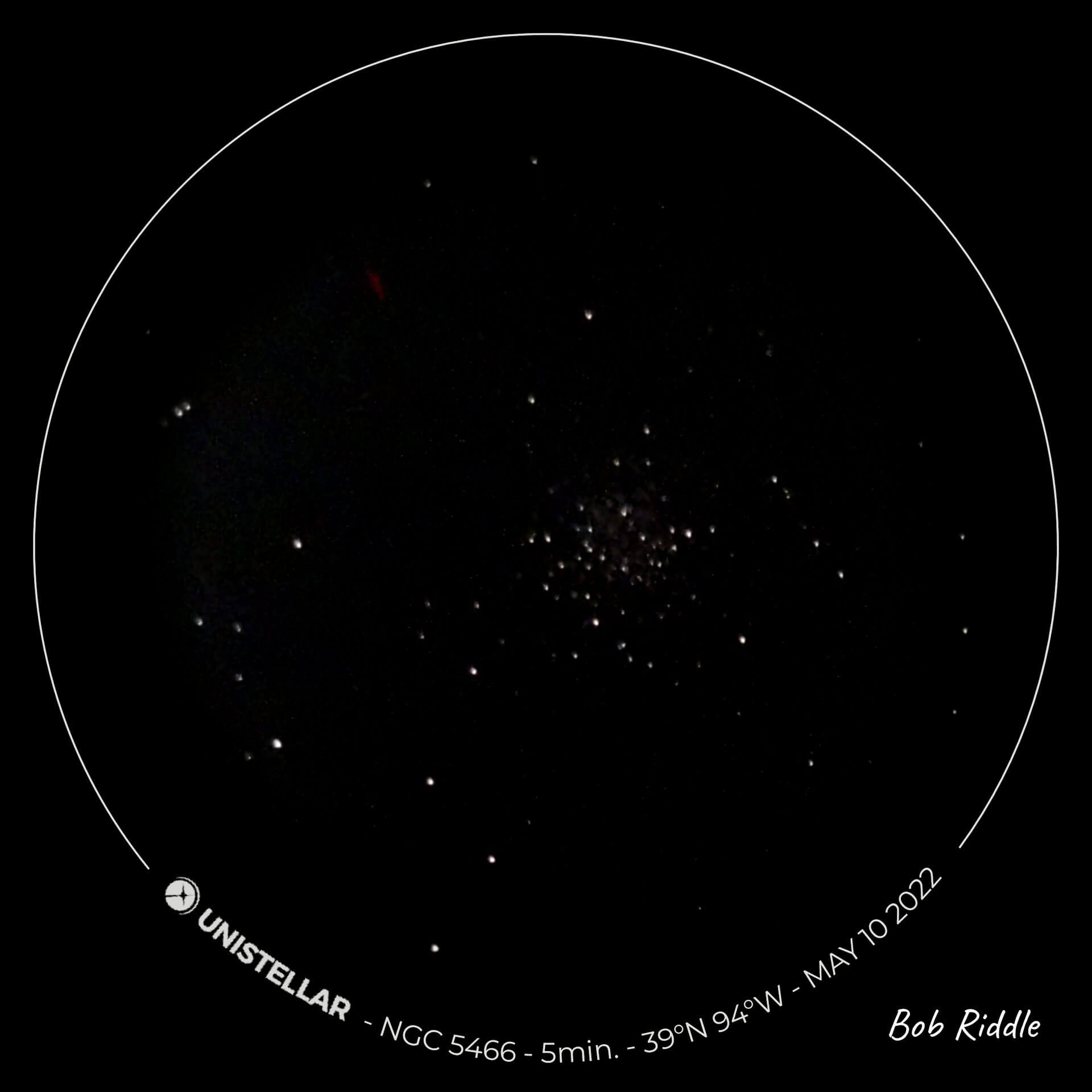
An eVscope image of the Snowglobe Nebula, NGC 5466, by Bob Riddle (US). Capture an Enhanced Vision image of 5-10 minutes for best results!
Turtle Nebula
Also known as NGC 6210, the Turtle Nebula is what’s known as a planetary nebula, formed as the dying star at its center sheds its outer layers of gas into empty space. The brightness of the nebula’s surface makes it appear blue-green like the ocean! And if you look closely, you can see some of the wispyness that makes it appear like a turtle in space-telescope images. This nebula is in the Hercules constellation and is visible from both hemispheres.
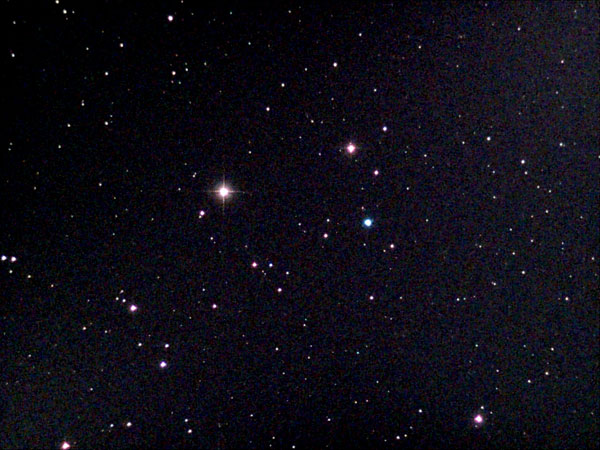
Image of the Turtle Nebula, noticeable by its blue-green ocean color, taken by Gerd Waloszek (Germany).
Special target: Supernova in the Pinwheel Galaxy
A supernova, or exploding star, is visible right now inside a spiral arm of the Pinwheel Galaxy! Supernovae occur when large stars reach the end of their lives and explode in a fiery display of cosmic violence.
Named SN 2023ixf, the Pinwheel’s supernova was just discovered on May 19 by amateur astronomer Koichi Itagaki in Japan, and it’s visible throughout the Northern Hemisphere. Learn more about observing SN 2023ixf and other Cosmic Cataclysms with a Unistellar Telescope.
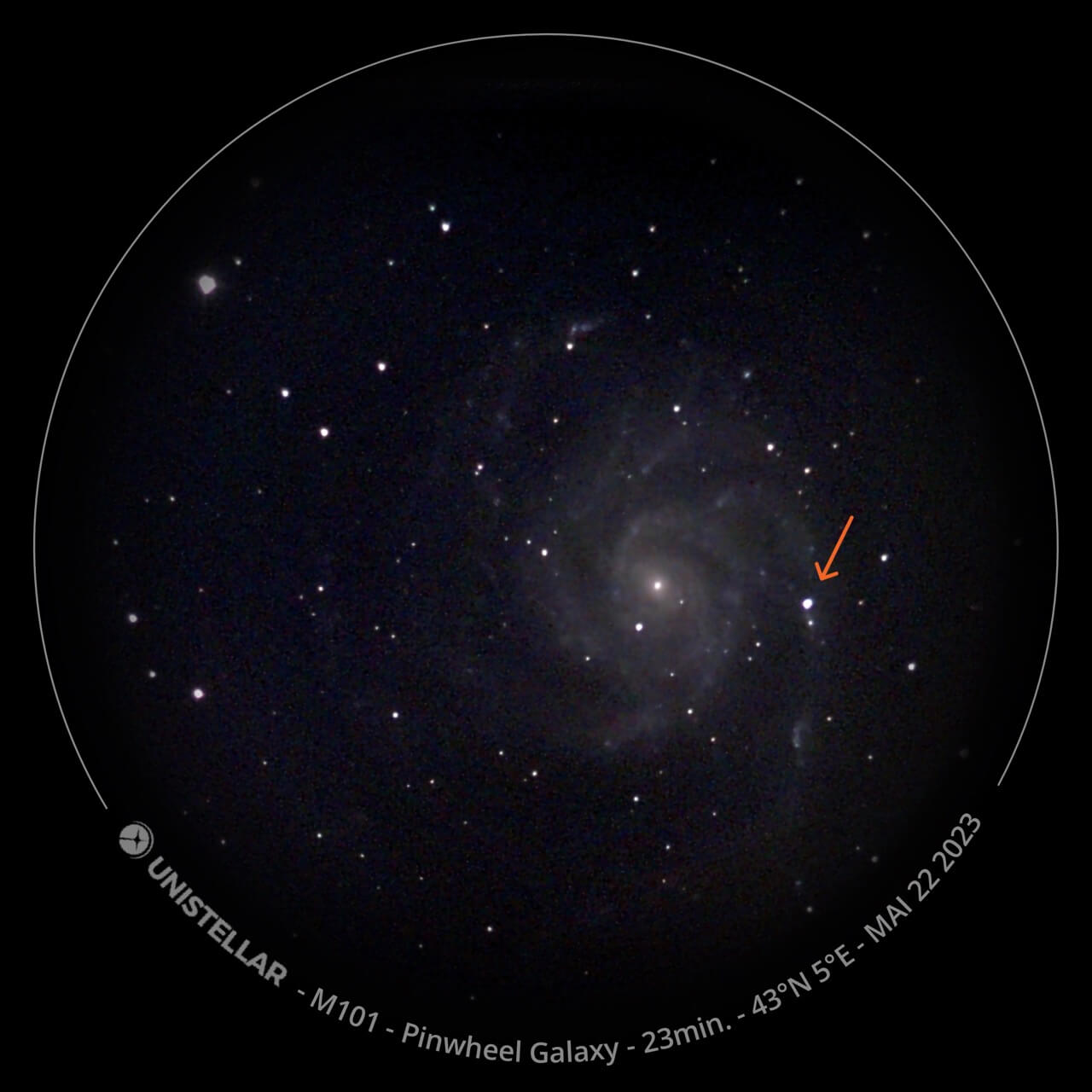
SN2023ixf in the Pinwheel Galaxy captured by JM Laugier (France).
We encourage you to share your observations and join the conversation through our Facebook, Instagram and Twitter pages. Don’t forget to tag @Unistellar!
If you’d like to send us your observations by email, send them to [email protected].
Clear skies! 🔭
Further readings
3 Reasons to observe this month
Every month, discover three unmissable celestial events to observe with your Unistellar telescope.
Observing Eclipses on Jupiter: Cosmic Spectacles Through a Telescope
The latest Unistellar App Update, version V3.0, is now live. Explore a smooth stargazing experience !
Unistellar Community Included In Multiple Scientific Papers
Did you know Unistellar Citizen Astronomers are often cited in published scientific papers? Find out how you can contribute too!
What Are the Names of All the Full Moons in 2024?
Discover the enchanting names of the full moons in 2024. Delve into the unique character of each lunar spectacle and embrace the allure of the night sky.
New Unistellar App Update: Version 3.0
The latest Unistellar App Update, version V3.0, is now live. Explore a smooth stargazing experience !
What to Observe This November: Open Star Clusters and More
These Halloween deep-sky objects will add some light to those dark, spooky nights. Treats, tricks, and telescopes await!




